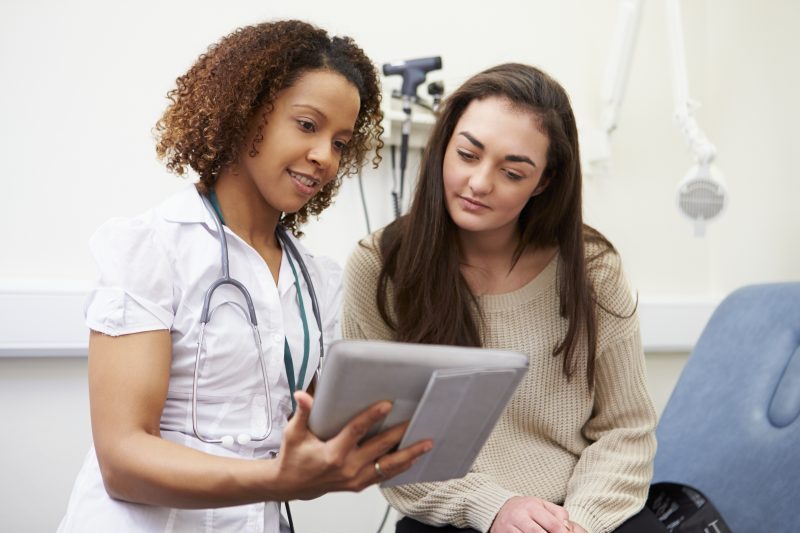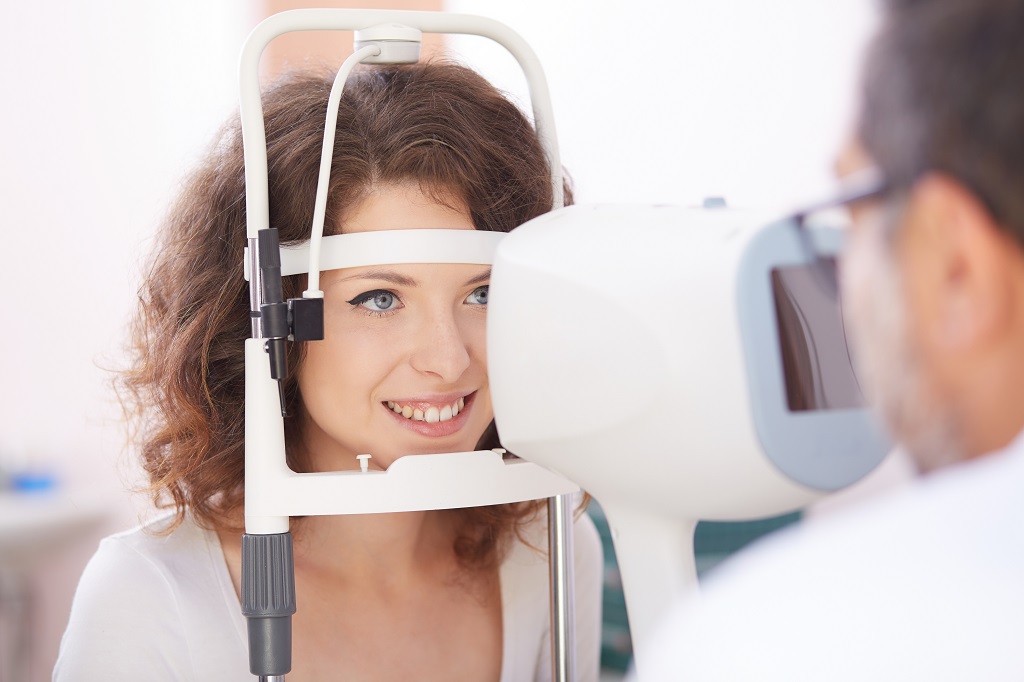All Categories
Featured
Low vision, a condition where conventional glasses, contact lenses, or surgical procedure can not completely restore sight, can make everyday activities challenging. Reduced vision rehabilitation uses a variety of resources to help people maintain their independence and quality of life. This short article checks out the alternatives available for those looking for support in handling their visual impairments.
What Is Reduced Vision Rehab?
Low vision recovery is an organized technique to help individuals maximize their continuing to be vision and adapt to new ways of doing day-to-day jobs. Specialists function with clients to establish customized strategies, incorporating tools, methods, and training programs that match their one-of-a-kind needs.
![]()
Key Options for Reduced Vision Recovery
Vision Enhancing Instruments
Optical Aids: Gadget like magnifiers, telescopic glasses, and special analysis lenses can enhance quality for reading, composing, and other close-up tasks.
Electronic Aesthetic Help: Tools such as digital magnifiers and portable video magnifiers provide flexible zoom abilities for different tasks.
Wearable Modern technology: Smart glasses outfitted with cams and voice comments deal advanced options for improving vision.
![]()
Assistive Technology
Display readers, text-to-speech applications, and devices with voice commands make innovation obtainable for people with low vision.
Mobile phone applications, such as navigation aids and things acknowledgment devices, assistance users engage with their environments better.
Educating and Therapy
Alignment and Movement Training: Specialists educate skills for navigating areas securely, consisting of making use of white canes or guide pet dogs.
Daily Living Abilities Educating: Recovery programs provide methods for food preparation, cleansing, and individual care, ensuring that individuals can do necessary tasks individually.
Aesthetic Abilities Training: Workouts created to maximize the usage of continuing to be peripheral vision can enhance visual performance.
Ecological Adaptations
Changes to living or offices can dramatically boost access. Instances include:
Setting up brighter illumination.
Adding high-contrast markings to appliances.
Setting up furniture to develop clear paths.
Support Networks
Psychological and emotional assistance is a critical part of rehab. Support teams, therapy sessions, and counseling services can assist individuals cope with the challenges of vision loss.
![]()
Peer networks link people with similar experiences, cultivating a feeling of area and shared knowing.
How to Accessibility Low Vision Rehabilitation Provider
Reduced vision rehab solutions are commonly provided by:
Reduced Vision Clinics: Operated by ophthalmologists and optometrists focusing on vision problems.
Physical Therapists: Experts in adjusting jobs and atmospheres to suit specific requirements.
Not-for-profit Organizations: Teams such as the American Structure for the Blind (AFB) or local loss of sight support companies provide useful resources and referrals.
Conclusion
Low vision rehabilitation supplies a variety of sources tailored to enhance performance, boost self-confidence, and enhance top quality of life. If you or an enjoyed one is encountering the obstacles of reduced vision, think about reaching out to an expert or rehabilitation facility to discover the numerous options readily available.
What Is Reduced Vision Rehab?
Low vision recovery is an organized technique to help individuals maximize their continuing to be vision and adapt to new ways of doing day-to-day jobs. Specialists function with clients to establish customized strategies, incorporating tools, methods, and training programs that match their one-of-a-kind needs.

Key Options for Reduced Vision Recovery
Vision Enhancing Instruments
Optical Aids: Gadget like magnifiers, telescopic glasses, and special analysis lenses can enhance quality for reading, composing, and other close-up tasks.
Electronic Aesthetic Help: Tools such as digital magnifiers and portable video magnifiers provide flexible zoom abilities for different tasks.
Wearable Modern technology: Smart glasses outfitted with cams and voice comments deal advanced options for improving vision.

Assistive Technology
Display readers, text-to-speech applications, and devices with voice commands make innovation obtainable for people with low vision.
Mobile phone applications, such as navigation aids and things acknowledgment devices, assistance users engage with their environments better.
Educating and Therapy
Alignment and Movement Training: Specialists educate skills for navigating areas securely, consisting of making use of white canes or guide pet dogs.
Daily Living Abilities Educating: Recovery programs provide methods for food preparation, cleansing, and individual care, ensuring that individuals can do necessary tasks individually.
Aesthetic Abilities Training: Workouts created to maximize the usage of continuing to be peripheral vision can enhance visual performance.
Ecological Adaptations
Changes to living or offices can dramatically boost access. Instances include:
Setting up brighter illumination.
Adding high-contrast markings to appliances.
Setting up furniture to develop clear paths.
Support Networks
Psychological and emotional assistance is a critical part of rehab. Support teams, therapy sessions, and counseling services can assist individuals cope with the challenges of vision loss.

Peer networks link people with similar experiences, cultivating a feeling of area and shared knowing.
How to Accessibility Low Vision Rehabilitation Provider
Reduced vision rehab solutions are commonly provided by:
Reduced Vision Clinics: Operated by ophthalmologists and optometrists focusing on vision problems.
Physical Therapists: Experts in adjusting jobs and atmospheres to suit specific requirements.
Not-for-profit Organizations: Teams such as the American Structure for the Blind (AFB) or local loss of sight support companies provide useful resources and referrals.
Conclusion
Low vision rehabilitation supplies a variety of sources tailored to enhance performance, boost self-confidence, and enhance top quality of life. If you or an enjoyed one is encountering the obstacles of reduced vision, think about reaching out to an expert or rehabilitation facility to discover the numerous options readily available.
Latest Posts
Find Out Reduce Expenses on Car Maintenance with Montclare Auto Repair’s Exclusive Deals
Published en
1 min read
Reliable Industrial Roofing Solutions by Weathercraft
Published en
1 min read
Learn Why Chicago Drivers Prefer Montclare Auto Repair for Dependable Service and Significant Savings
Published en
1 min read
More
Latest Posts
Find Out Reduce Expenses on Car Maintenance with Montclare Auto Repair’s Exclusive Deals
Published May 25, 25
1 min read
Reliable Industrial Roofing Solutions by Weathercraft
Published May 24, 25
1 min read
Learn Why Chicago Drivers Prefer Montclare Auto Repair for Dependable Service and Significant Savings
Published May 23, 25
1 min read